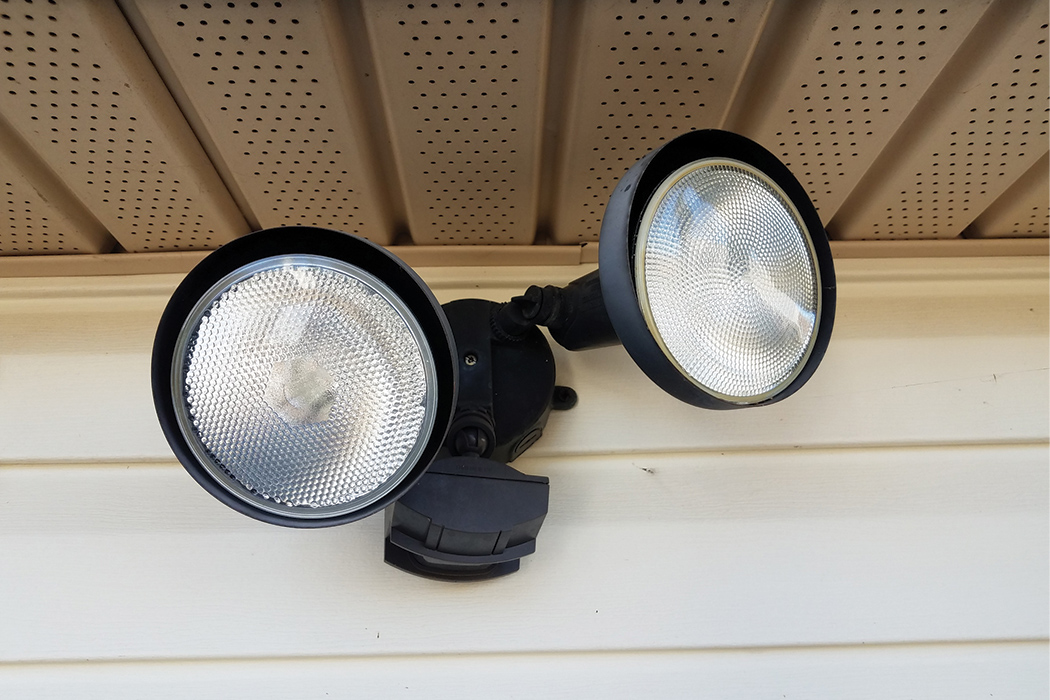How to Reset Motion Detector Lights
September 23, 2025

Quick Summary
Motion detector lights, also known as motion sensor lights, are one of the most popular additions to modern home security systems. They automatically illuminate when they detect movement, helping to deter intruders and provide safety at night. But like any technology, they may need to be reset or adjusted from time to time. If you’ve ever wondered how to reset a security light, adjust its sensitivity, or troubleshoot why it won’t turn off, this guide will walk you through the essentials.
Turn the light off at the switch or breaker for 30+ seconds, then back on to reset.
Adjust sensitivity, duration, and range to avoid false triggers or missed detections.
Use motion detector spotlights and smart lights for improved security and convenience.
Why Reset Motion Sensor Lights?
Resetting a motion sensor light may be necessary for several reasons:
Power surges or outages.
Faulty or aging bulbs.
Glitches in the sensor itself.
Lights that stay on constantly or won’t turn on at all.
A reset helps restore the light’s proper function so it can continue to protect your home effectively.
How to Reset a Motion Detector Light
Quick Reset Method
Switch the light off at the wall or breaker.
Leave it off for at least 30 seconds.
Switch it back on to reset the sensor.
Full Reset Method
If a quick reset doesn’t work:
Turn off the breaker that powers the light.
Wait 1–2 minutes.
Restore power and test the light again.
If the light still isn’t functioning correctly, the sensor or bulb may need replacement.
How to Set a Motion Detector Light
Many homeowners not only want to reset their lights but also know how to set a motion detector light for optimal performance. Most models allow you to adjust 3 key settings:
Sensitivity (Range)
Too high: Triggers from small animals, wind, or passing cars.
Too low: You may miss people approaching your door.
Best practice: Set sensitivity to detect human-sized movement at your entry points.
Duration (Time Light Stays On)
Can often be set from 30 seconds to 30 minutes.
Recommended: 1–2 minutes for everyday use.
Light Mode (Manual Override)
Some lights let you switch to always-on mode by toggling the light switch twice quickly.
Useful if you want the light to stay on continuously for a period of time.
Common Issues and Fixes
Why Won’t My Motion Detector Light Turn Off?
Sensors may be blocked by an object.
Duration setting may be too high.
Try a reset or adjust placement.
Why Won’t My Motion Detector Light Turn On?
Check if the bulb has burned out.
Ensure the power source is on.
Lower the sensitivity to test for human motion.
What Can Trigger a Motion Sensor Light?
People, pets, and vehicles.
Sudden temperature changes.
Wind-blown objects like branches or debris.
Even strong light sources can sometimes activate sensors.
Benefits of Motion Detector Spotlights
Adding a motion detector spotlight can greatly enhance your home security:
Bright, wide coverage deters unwanted visitors.
Automatic illumination helps family and guests safely navigate paths.
Can integrate with security cameras for enhanced monitoring.
Smart Motion Sensor Light Options
Today’s smart motion sensor lights integrate with your security system for added convenience. Features can include:
Remote control from your phone.
Scheduling and automation routines.
Integration with cameras and alarms.
Brinks Home™ offers motion-activated lights and cameras that work together to keep your home protected day and night.
Final Thoughts
Resetting or setting your motion detector light is simple but critical for home safety. By learning how to reset a security light and optimize its settings, you’ll extend the lifespan of your devices and keep your property safe. Whether you’re troubleshooting a faulty sensor, adjusting sensitivity, or adding smart motion lighting, Brinks Home can help. Contact us today for a free security consultation and find the right motion sensor light for your home.
FAQs
How do you set your motion sensor light?
Adjust the sensitivity, duration, and range settings, usually located on the base of the sensor.
Do motion sensor lights work in daylight?
Many models have dusk-to-dawn features that prevent activation during daylight hours.
How long do motion sensor lights last?
Most last 8–10 years depending on usage and exposure to weather conditions.



